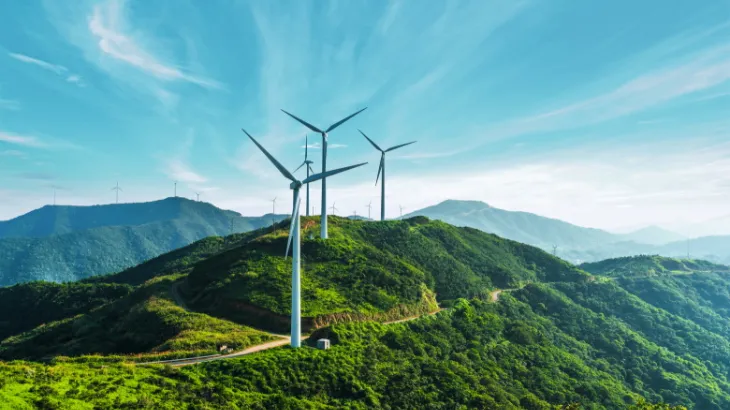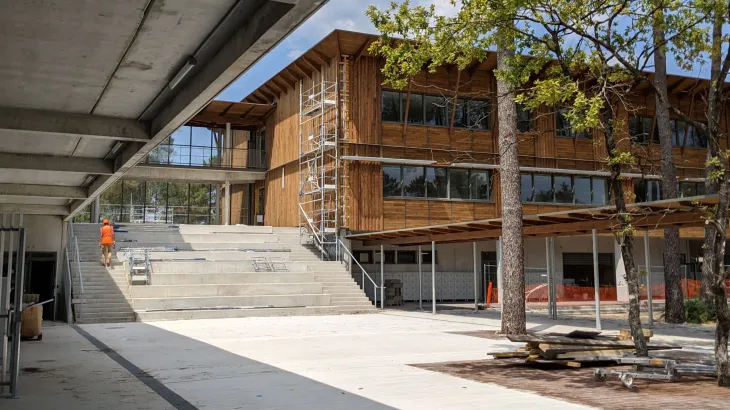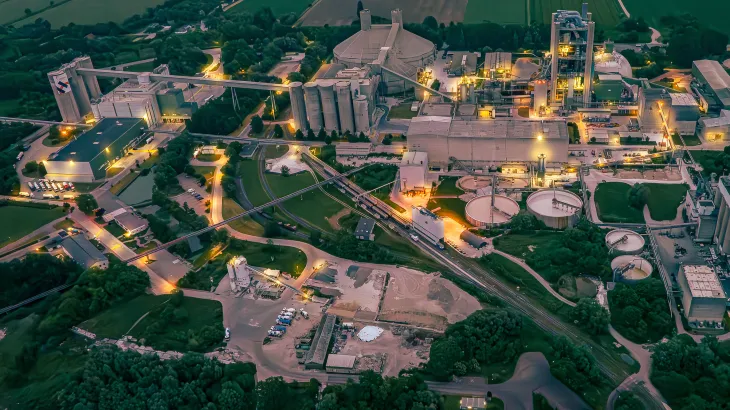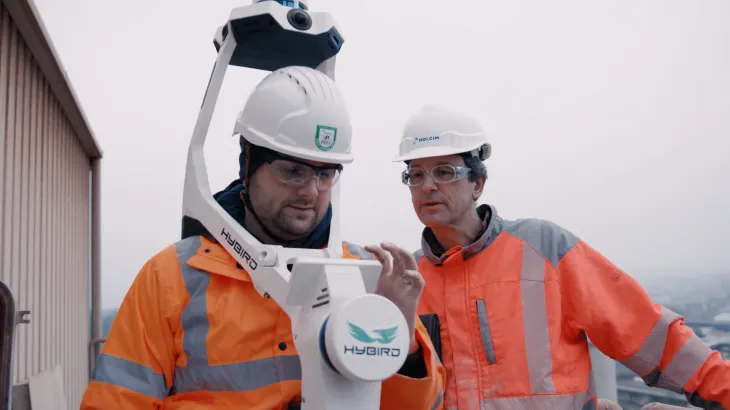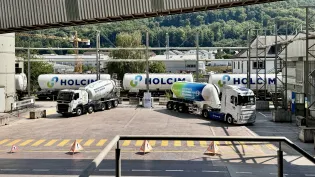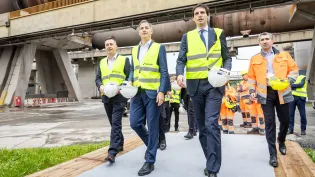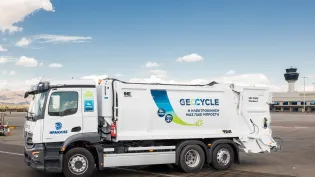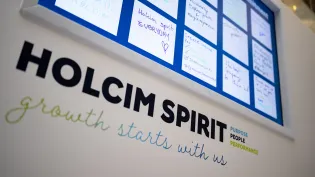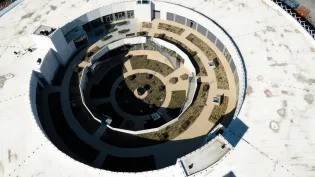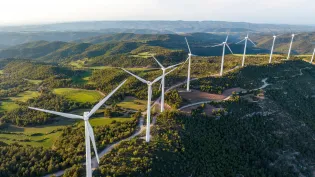climate action
At Holcim, we are taking a science-driven approach to becoming a net-zero company. We are leading in our industry with science-based targets and a clearly defined net-zero roadmap.
Our SBTi targets aligned with 1.5°C
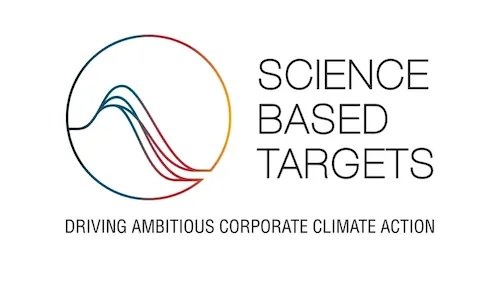
In 2025, we restated our 2030 and 2050 science-based targets following the spin-off of Holcim’s North American business as Amrize. In doing so, we aligned the base year for all targets. Overall Net-Zero Target: Holcim commits to reach net-zero greenhouse gas emissions across the value chain by 2050.
Near-Term Targets: Holcim commits to reduce gross scope 1 and 2 GHG emissions 24.95% per ton of cementitious materials by 2030 from a 2020 base year.1 Holcim also commits to reduce gross scope 3 emissions from purchased clinker and cement 25.1% per ton purchased and to reduce gross scope 3 emissions from investments 25.1% per ton of cementitious materials within the same timeframe.
Long-Term Targets: Holcim commits to reduce gross scope 1 and 2 emissions 94.9% per ton of cementitious materials by 2050 from a 2020 base year.1 Holcim also commits to reduce absolute scope 3 GHG emissions from purchased goods and services, fuel- and energy-related activities, upstream transportation and distribution, downstream transportation and distribution, and investments 90% within the same timeframe.2
1The target boundary includes land related emissions and removals from bioenergy feedstocks.
2The target boundary includes 95% of Scope 1 and 2 emissions and 90% of Scope 3 emissions, per SBTi standard.

Taking a rigorous science-based approach, we are focused on delivering against our net-zero 1.5°C-aligned targets, while continuing to further our reporting transparency.
Memberships and recognitions
Our memberships and recognitions underscore our commitment to becoming a net-zero company.
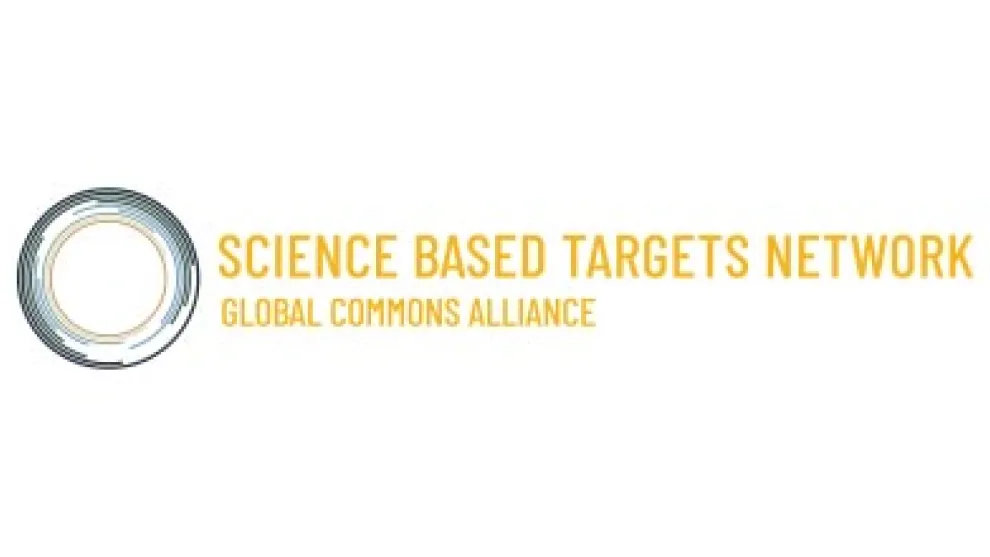


Supporting the UN Sustainable Development Goals
We are working to have a positive impact on all 17 UN Sustainable Development Goals (SDGs), and have identified four goals where we can make a significant difference:





